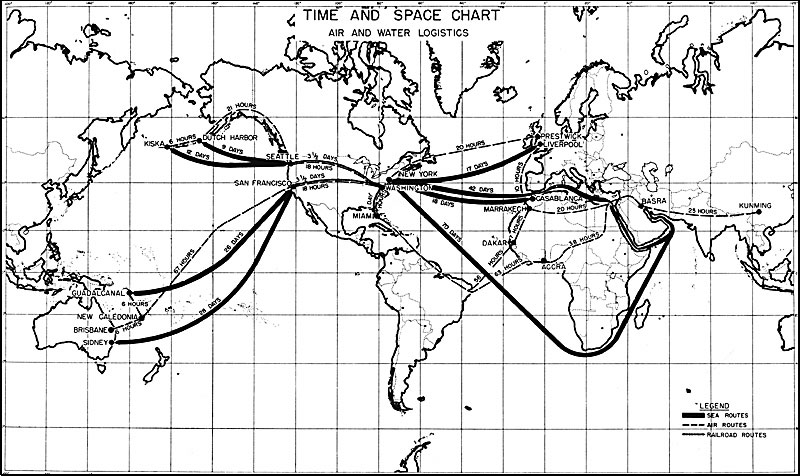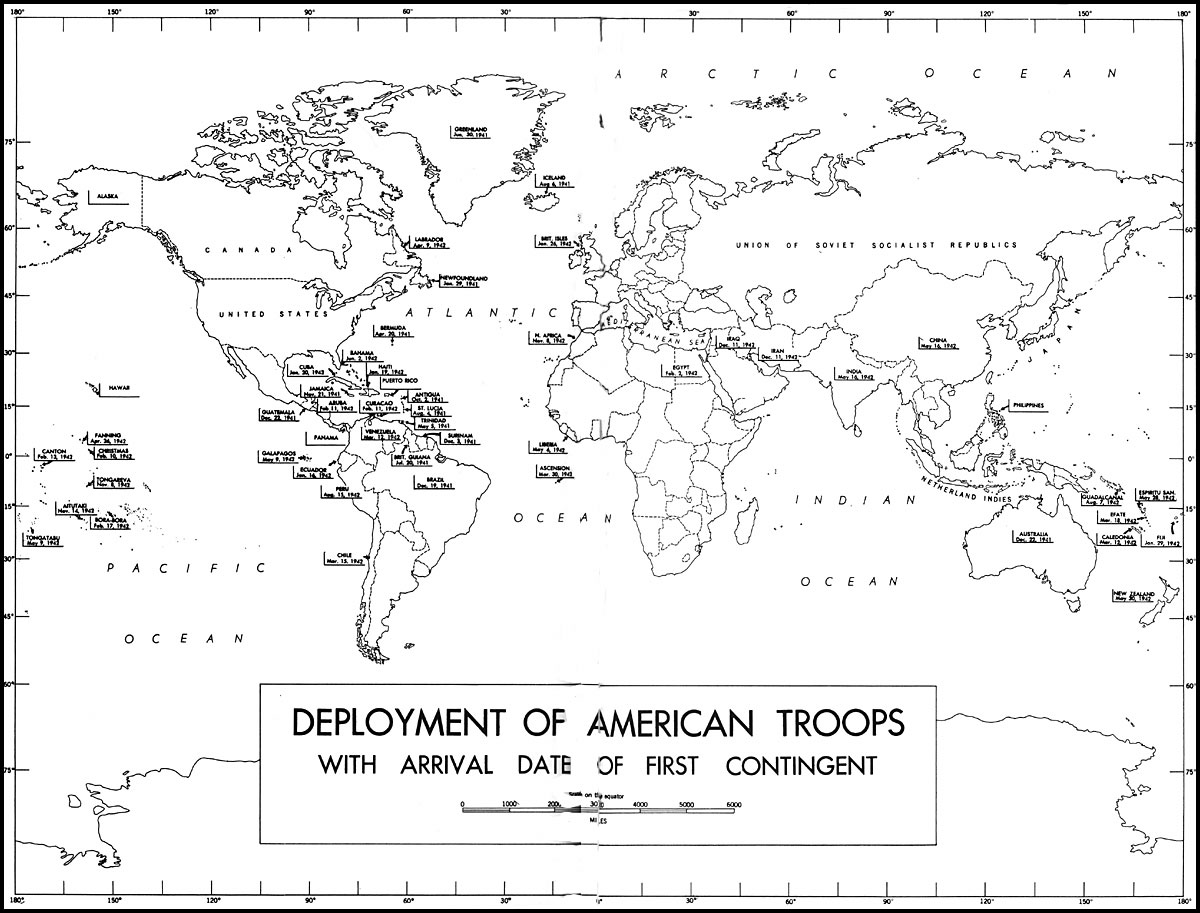McPherson
Banned
Turner made this comment or something like it just before Tarawa. Nobody was tracking tonnage flow too well. But from what I can assemble for my ATL efforts I can tell you that there was insufficient shipping for Roundup throughout 1943. I think the surplus shipping lift in British Isles waters was not available for Overlord until March 1944. Roundup, to have a chance at all, needed initial lift as large as Overlord.One knowledgable person on this subject stated with out intending humor that Allied leaders, their staff, and clerical army did not know either. they lacked far into 1943 any accurate or consolidated accounting of their mass of cargo ships.

